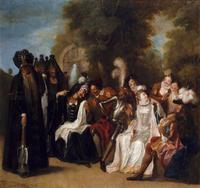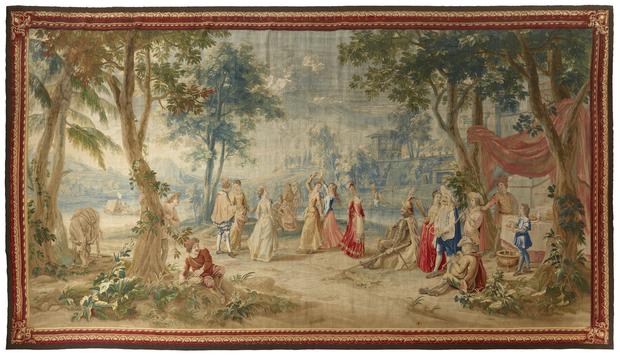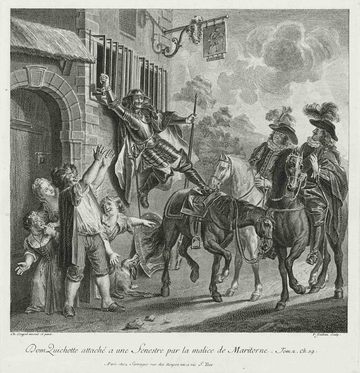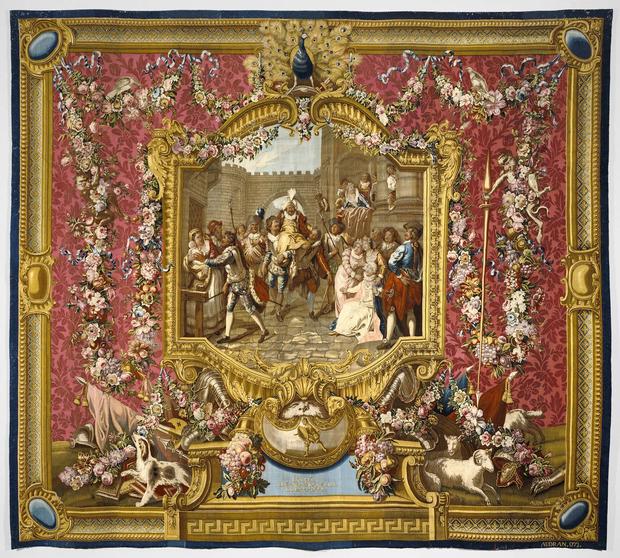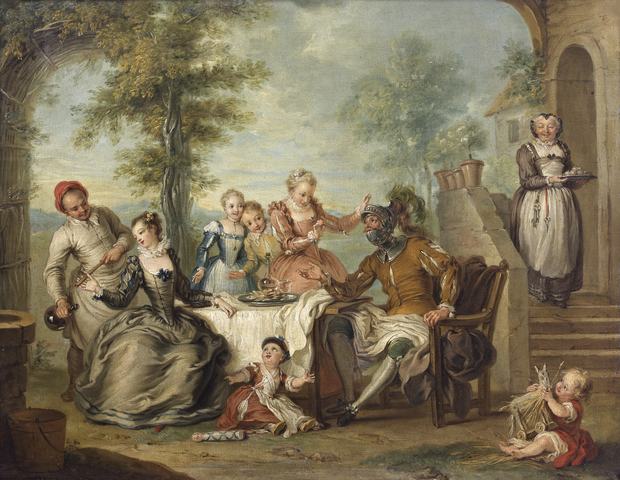'Don Quixote' in Paintings and Tapestry
Sunday, March 01, 2015
Play
00:00 / 00:00
Charles Coypel was born into a family of famous painters in France in 1694. He was 18 when he read Cervantes’ "Don Quixote" and two years later he started painting scenes from the novel for a tapestry series by the prestigious Gobelins Manufactory.
Coypel produced 28 paintings in 20 years, which were turned into 200 tapestries. Several of them are now in a new show at the Frick Collection.
The tapestries were originally accessible only to the wealthy — they were hung in Louis XV's rooms, and given as diplomatic gifts. But Coypel also made 25 black-and-white engravings for the masses. Several of them are in the exhibit, as are a few large tapestries in pristine condition and five of Coypel's original paintings — never before seen in New York.
Charlotte Vignon, the curator of decorative arts at the Frick who organized the show, said Coypel was at the time the most important illustrator of Cervantes' masterpiece.
“Until basically Picasso or Dali, you don't have anybody who had such an impact on that novel. So I think that's why it's such an important series,” she said.
Even though "Don Quixote" is now considered one of the finest works of literature ever written, Vignon said the book was particularly popular in France at the time because people were often worried about being bored.
“Don Quixote is nothing but boredom,” she said. “You follow this comical but also sad characters through pages and pages, and I think it just fit with what 18th century readers were looking for at the time, divertissement, entertainment.”
The Frick is also hosting a series of salons and talks looking at Don Quixote's influence in literature, ballet and theater. The show runs through May 17.

